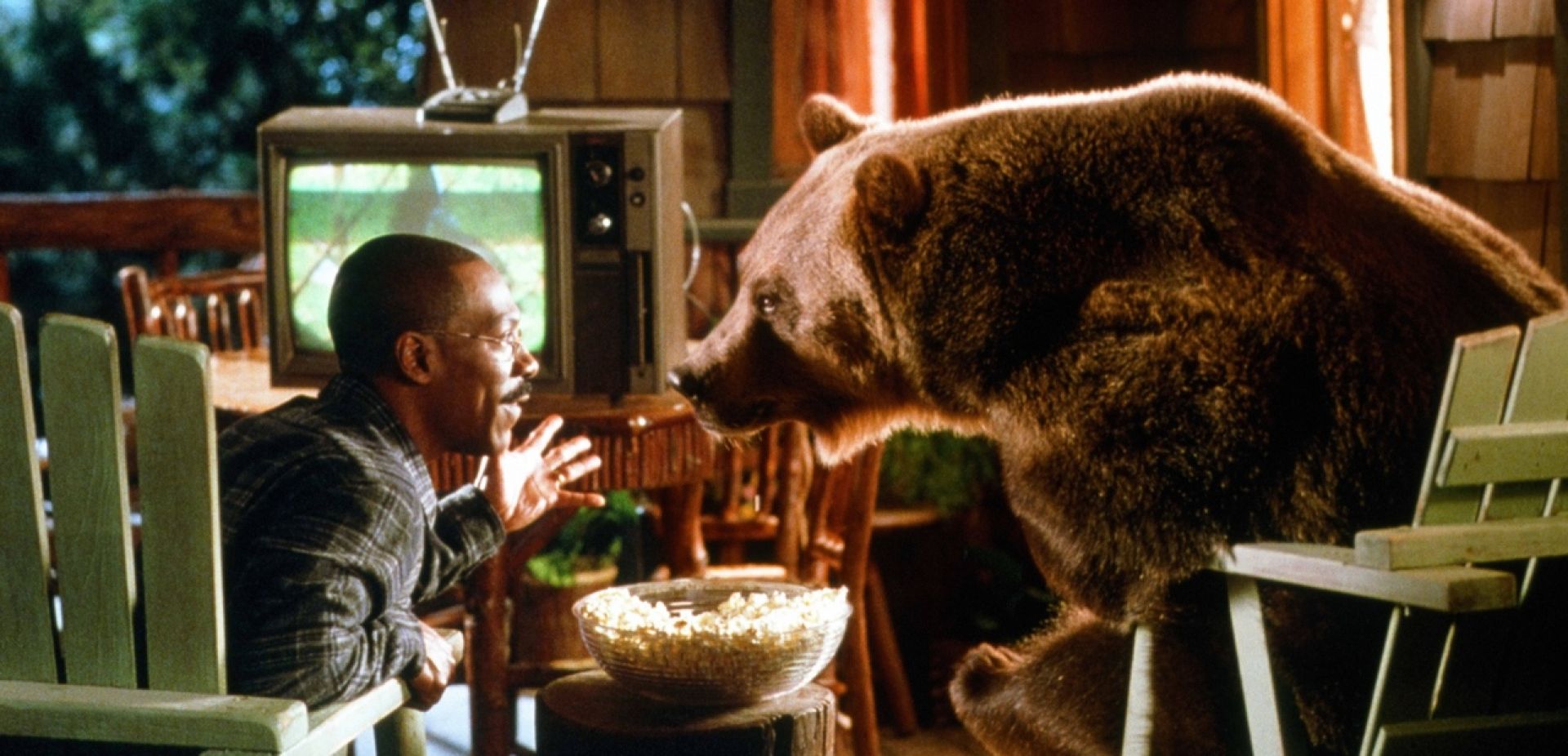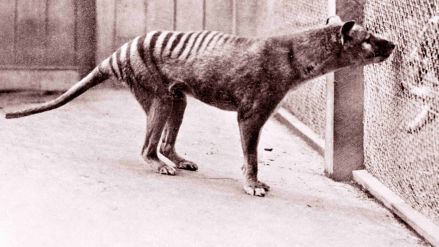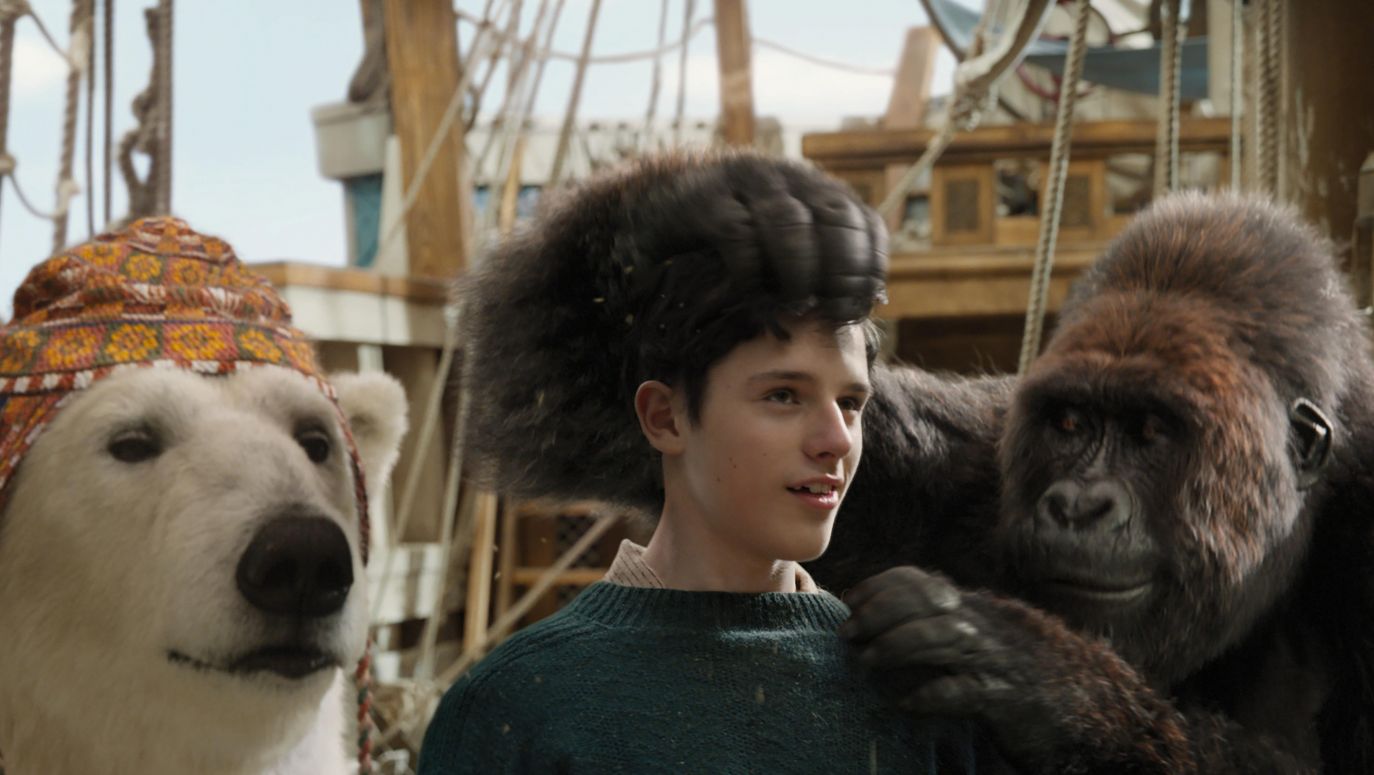Of course, one could make the argument that most of us envision well-being as having unlimited access to things that are either “fattening or otherwise unhealthy and harmful to the environment.” However, due to the lack of communication, we cannot determine whether animals are wise, desire goodness and beauty, rather than mere pleasures, or if they are more similar to us. Therefore, we assume, influenced by our upbringing with Hugh Lofting’s
The Story of Doctor Dolittle (and for those who haven’t read it, I highly recommend it, because it’s excellent literature), that animals are good, wise, and altruistic. Even more so than most of us. Hence, we do not blame the good doctor for shifting his focus from treating humans to helping quadrupeds. So, four legs good, two legs bad.
Our brain, through some form of analysis of sound frequency over time, immediately and flawlessly determines whether it is dealing with: a) sounds of nature (wind rustling, but also bird songs, hoofbeats, barking, howling, meowing, mooing, etc.), b) human speech, or c) music. The first two types of sounds quickly become background noise in our brain, unless, for example, we are birdwatchers distinguishing bird species by their calls or when, say, the roar of a lion induces significant stress. Human speech, on the other hand, is processed quite differently and in a completely different area of the brain’s cortex. Thus, our brain is not particularly prepared to process signals from animals as language.
 SIGN UP TO OUR PAGE
SIGN UP TO OUR PAGE 
Communication involves not only words but also intonation, “melody,” and the whole non-verbal realm: gestures, facial expressions, body language, “dance,” that is, rhythmic movements, and even scents. We have assumed, and have been studying this for a long time, that animal communication is largely non-verbal.
Now let’s return to the text from
Science, summarising several years of research in which human efforts have been accompanied by artificial intelligences. Nothing has progressed as rapidly as AI, especially language models (known as chatbots). They have proven to be quite good at categorising styles and generating new statements in specific, often unique styles. They can read between the lines and analyse poetry (though their figurative analysis is still quite weak – they always prefer a literal interpretation). Additionally, they are capable of quickly analysing terabytes of data from all possible angles. That, however, is not enough. We still need some kind of Rosetta Stone – a fragment of ancient Egyptian literature, the discovery of which had a groundbreaking significance in deciphering hieroglyphs.
Revival of crow culture
It is true that if animals (which – I repeat – often differ significantly from us in sensory perception) have a completely different world of imagination, and thus concepts and messages, no current artificial intelligence will be of much help. Even if it were to translate, we might not perceive the meaning. How to avoid anthropocentrism in translation, nobody knows. However, we assume that artificial intelligence has a better chance of being non-human in this regard than our own human intellect.
So, is there a chance of understanding the language of crows and elephants, which, according to common belief, are exceptionally wise, as well as other creatures? The authors of the paper in
Science claim that there is quite a good chance, and rapid progress is apparent. As they write, a dictionary for decoders is being constructed: “Some types of signals can only be produced in specific circumstances, eliciting specific behavioural responses; a classic example is the savanna baboon (
Chlorocebus pygerythrus), which emits an alarm call when it spots a predator, causing other group members to seek shelter. Establishing such correlations allows for formulating hypotheses about signal functions, which can then be experimentally tested (e.g., through controlled playback).”


 SIGN UP TO OUR PAGE
SIGN UP TO OUR PAGE 





